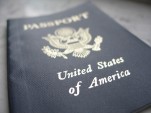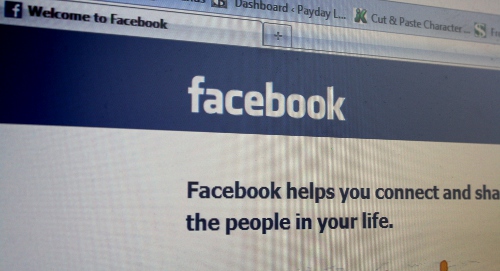
Who am I online? Online identities.
Online identity is a term I have often heard discussed but put little thought into what it means for me and the way in which I use the internet. Warburton explains that the concept of digital identity is very broad and covers all kinds of information about ourselves which we put out onto the web, whether it is wittingly or unwittingly. Many people may not realise that everything we do online can be tracked and monitored and adds to this overall picture of who we appear to be.
Continue reading →


















